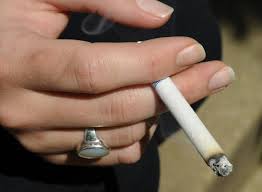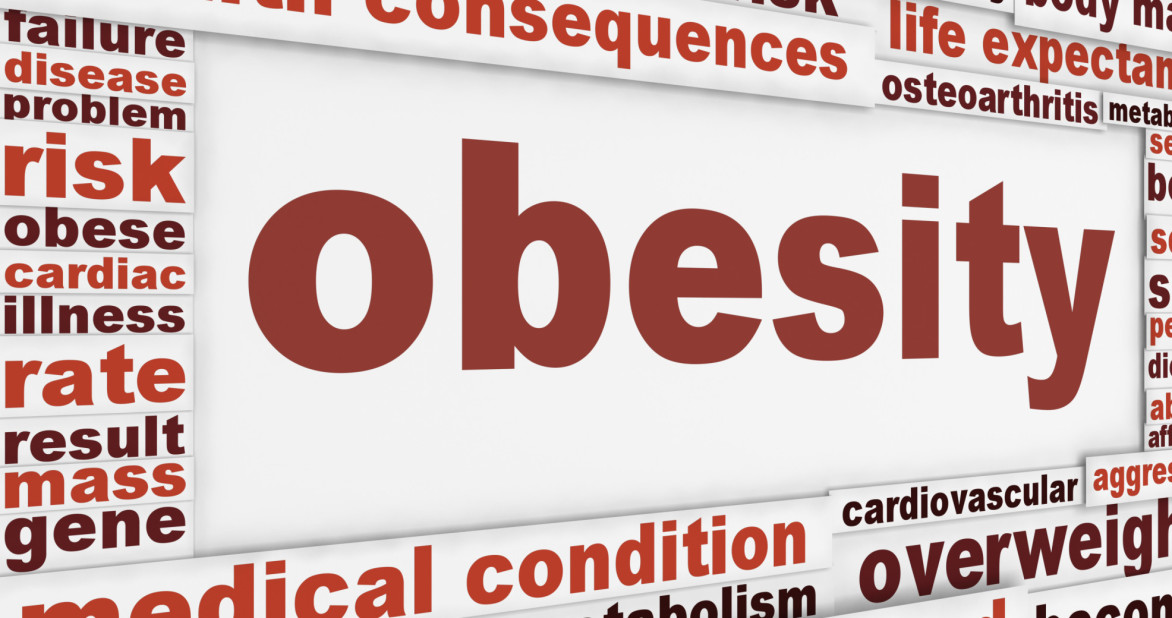Essential nicotine replacement products by smokers

Essential nicotine replacement products by smokers can be of help in solving the addiction problem
Essential nicotine replacement products by smokers: How helpful are nicotine replacement products?
Nicotine is the major ingredient in tobacco that causes serious health complications in all smokers whether directly or indirectly. Any effort tailored at eliminating nicotine is a healthy one and must be supported by all means. For that reason we are going to focus our discussion on the essential nicotine replacement products by smokers. To help us in the discussion we are going to be talking to one of the most respected addiction expert doctor Dalal Akoury (MD) and founder of AWAREmed Health and Wellness Resource Center. It will interest you to note that doctor Akoury has been in practice for more than two decades now and her input in this discussion is one that you do not want to miss.
Essential nicotine replacement products by smokers: Are nicotine replacement products safe?
Safety is one element that must be above board before any medication or product is allowed for treatment administration. Therefore before nicotine replacement products are allowed into the market, they must be taken to test to ensure that safety standards are not compromised in anyway. Therefore we can now confirm to you that these products are safe and less harmful for a person to get nicotine from, than from cigarettes because tobacco smoke contains many toxic and cancer-causing substances. It is also important to appreciate that long-term use of nicotine replacement products has not been associated with any serious harmful effects thereby crediting their safety and comfort for usage.
Essential nicotine replacement products by smokers: Are there alternative methods to help people quit smoking?
Finally some people often claim that alternative approaches such as hypnosis, acupuncture, acupressure, laser therapy (laser stimulation of acupuncture points on the body), or electro-stimulation may help reduce the symptoms associated with nicotine withdrawal. Nonetheless and according to clinical studies conducted, these alternative therapies have not been found to help people quit smoking as may be proclaimed in the streets. Professionally there is no evidence that alternative approaches helps smokers who are trying to quit effectively do so, says doctor Akoury.
It is therefore important that when bothered by your smoking habit and you want to quit, if you are not sure on where to start from, we are always there for you at AWAREmed Health and Wellness Resource Center at any time any day. All you have to do is to schedule for an appointment with us and we will not hesitate to professionally attend to all your addiction concerns within the most reasonable time limit and at an affordable rates. You can reach us on telephone number 843 213 1480 for convenience of communications.
Essential nicotine replacement products by smokers: How helpful are nicotine replacement products?
http://www.awaremednetwork.com/









